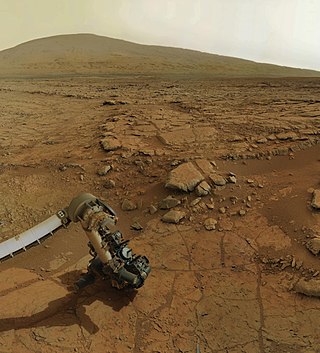
Astrobiology is a scientific field within the life and environmental sciences that studies the origins, early evolution, distribution, and future of life in the universe by investigating its deterministic conditions and contingent events. As a discipline, astrobiology is founded on the premise that life may exist beyond Earth.

Extraterrestrial life or alien life is life which does not originate from Earth. No extraterrestrial life has yet been conclusively detected. Such life might range from simple forms such as prokaryotes to intelligent beings, possibly bringing forth civilizations that might be far more advanced than humanity. The Drake equation speculates about the existence of sapient life elsewhere in the universe. The science of extraterrestrial life is known as astrobiology.

Mars, the fourth planet from the Sun, has appeared as a setting in works of fiction since at least the mid-1600s. Trends in the planet's portrayal have largely been influenced by advances in planetary science. It became the most popular celestial object in fiction in the late 1800s, when it became clear that there was no life on the Moon. The predominant genre depicting Mars at the time was utopian fiction. Around the same time, the mistaken belief that there are canals on Mars emerged and made its way into fiction, popularized by Percival Lowell's speculations of an ancient civilization having constructed them. The War of the Worlds, H. G. Wells's novel about an alien invasion of Earth by sinister Martians, was published in 1897 and went on to have a major influence on the science fiction genre.

Michio Kaku is an American theoretical physicist, activist, futurologist, and popular science writer. He is a professor of theoretical physics in the City College of New York and CUNY Graduate Center. Kaku is the author of several books about physics and related topics and has made frequent appearances on radio, television, and film. He is also a regular contributor to his own blog, as well as other popular media outlets. For his efforts to bridge science and science fiction, he is a 2021 Sir Arthur Clarke Lifetime Achievement Awardee.
Richard Charles Hoagland, is an American author and a proponent of various conspiracy theories about NASA, lost alien civilizations on the Moon and on Mars and other related topics. Hoagland has been documented to misappropriate others' professional achievements and is widely described as a conspiracy theorist and fringe pseudoscientist.

Neil deGrasse Tyson is an American astrophysicist, author, and science communicator. Tyson studied at Harvard University, the University of Texas at Austin, and Columbia University. From 1991 to 1994, he was a postdoctoral research associate at Princeton University. In 1994, he joined the Hayden Planetarium as a staff scientist and the Princeton faculty as a visiting research scientist and lecturer. In 1996, he became director of the planetarium and oversaw its $210 million reconstruction project, which was completed in 2000. Since 1996, he has been the director of the Hayden Planetarium at the Rose Center for Earth and Space in New York City. The center is part of the American Museum of Natural History, where Tyson founded the Department of Astrophysics in 1997 and has been a research associate in the department since 2003.

Lego Space was a Lego theme that featured astronauts, space colonization, spaceships, and extraterrestrial life. The theme was originally introduced in 1978 and is among the oldest and most expansive themes in Lego history, consisting of over 200 individual sets. Lego Space has been sold under the Legoland and Lego System banners.
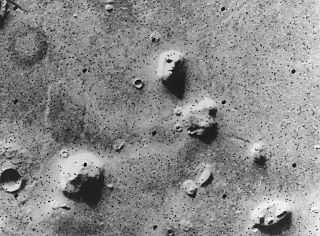
Cydonia is a region on the planet Mars that has attracted both scientific and popular interest. The name originally referred to the albedo feature that was visible from earthbound telescopes. The area borders the plains of Acidalia Planitia and the highlands of Arabia Terra. The region includes the named features Cydonia Mensae, an area of flat-topped mesa-like features; Cydonia Colles, a region of small hills or knobs; and Cydonia Labyrinthus, a complex of intersecting valleys. As with other albedo features on Mars, the name Cydonia was drawn from classical antiquity, in this case from Kydonia, a historic polis on the island of Crete. Cydonia contains the "Face on Mars", located about halfway between the craters Arandas and Bamberg.
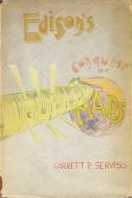
Edison's Conquest of Mars is an 1898 science fiction novel by American astronomer and writer Garrett P. Serviss. It was written as a sequel to Fighters from Mars, an unauthorized and heavily altered version of H. G. Wells's 1897 story The War of the Worlds. It has a place in the history of science fiction for its early employment of themes and motifs that later became staples of the genre.
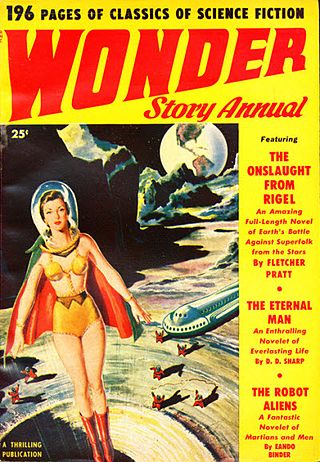
Science fiction authors have designed imaginary spacesuits for their characters almost since the beginning of fiction set in space.

Adam Diedrich Steltzner is an American NASA engineer who works for the Jet Propulsion Laboratory (JPL). He worked on several flight projects including Galileo, Cassini, Mars Pathfinder, Mars Exploration Rovers (MER). He was the lead engineer of the Mars Science Laboratory's EDL phase, and helped design, build and test the sky crane landing system.
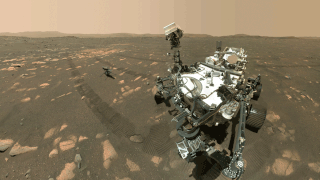
Mars 2020 is a Mars rover mission that includes the rover Perseverance, the small robotic helicopter Ingenuity, and associated delivery systems, as part of NASA's Mars Exploration Program. Mars 2020 was launched from Earth on an Atlas V launch vehicle at 11:50:01 UTC on 30 July 2020, and confirmation of touch down in the Martian crater Jezero was received at 20:55 UTC on 18 February 2021. On 5 March 2021, NASA named the landing site of the rover Octavia E. Butler Landing. As of 2 September 2023, Perseverance and Ingenuity have been on Mars for 901 sols.
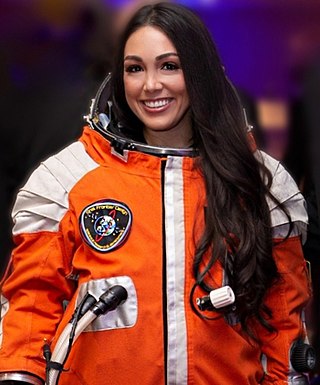
Kellie Gerardi is an American aerospace, defense, and technology professional and a popular science communicator. She is a citizen scientist and conducts bioastronautics research and spacesuit evaluation in microgravity with the International Institute of Astronautical Sciences (IIAS). She is a Director of The Explorers Club and serves on the Defense Council for the Truman National Security Project. She is the author of Not Necessarily Rocket Science: A Beginner's Guide To Life in the Space Age and the children's picture book series Luna Muna. Gerardi's work to promote space exploration and encourage women in STEM has attracted thousands of followers on TikTok and Instagram.
The following outline is provided as an overview of and topical guide to Mars:

A Mars suit or Mars space suit is a space suit for EVAs on the planet Mars. Compared to a suit designed for space-walking in the near vacuum of low Earth orbit, Mars suits have a greater focus on actual walking and a need for abrasion resistance. Mars' surface gravity is 37.8% of Earth's, approximately 2.3 times that of the Moon, so weight is a significant concern, but there are fewer thermal demands compared to open space. At the surface the suits would contend with the atmosphere of Mars, which has a pressure of about 0.6 to 1 kilopascal. On the surface, radiation exposure is a concern, especially solar flare events, which can dramatically increase the amount of radiation over a short time.

Perseverance, nicknamed Percy, is a car-sized Mars rover designed to explore the Jezero crater on Mars as part of NASA's Mars 2020 mission. It was manufactured by the Jet Propulsion Laboratory and launched on July 30, 2020, at 11:50 UTC. Confirmation that the rover successfully landed on Mars was received on February 18, 2021, at 20:55 UTC. As of 2 September 2023, Perseverance has been active on Mars for 901 sols since its landing. Following the rover's arrival, NASA named the landing site Octavia E. Butler Landing.
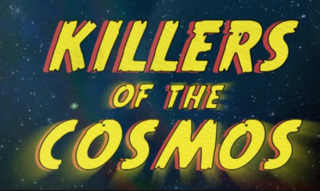
Killers of the Cosmos is a documentary science television series hosted by Aiden Gillen. Aired by the Science Channel, it premiered on September 19, 2021.

Strip the Cosmos is a documentary science television series narrated by Eric Loren. Aired by the Science Channel, it premiered on November 12, 2014.

The Planets, retitled The Planets and Beyond for its second season, is a documentary television series produced by the Science Channel that aired from 2017 to 2019. It explores the planets and of the Solar System, exoplanets, and other astronomical objects.

















